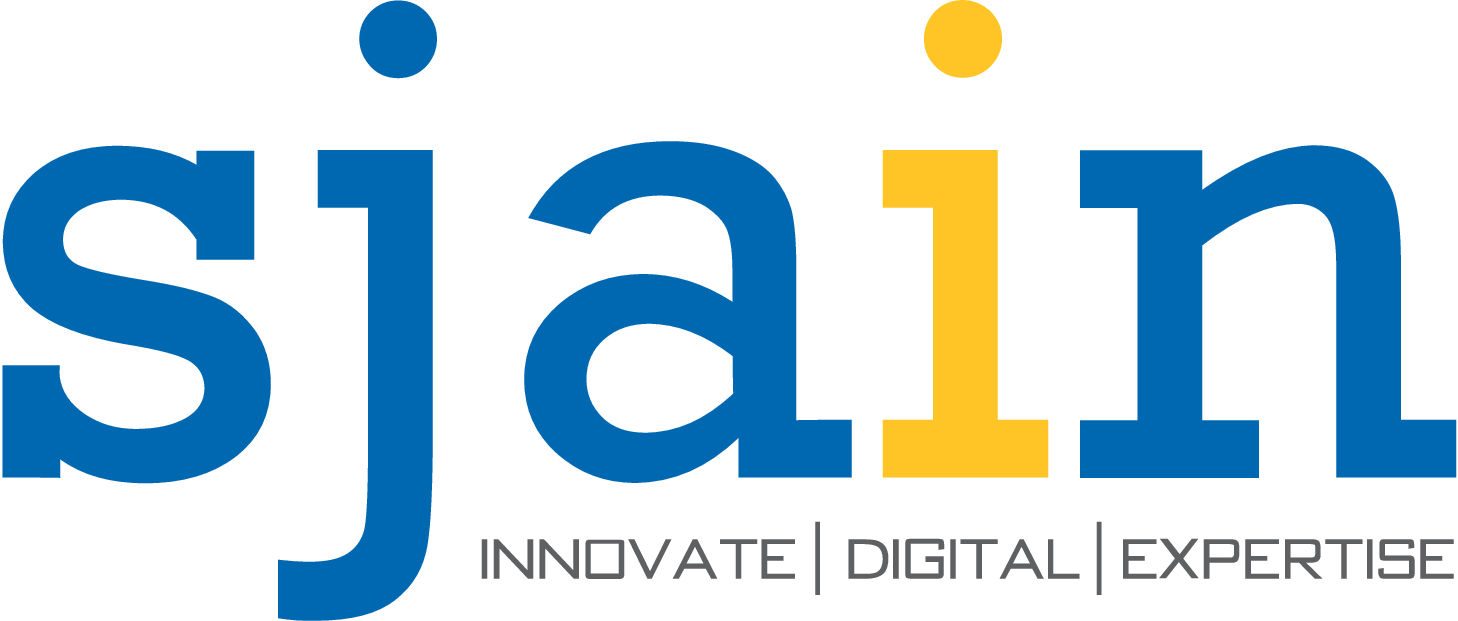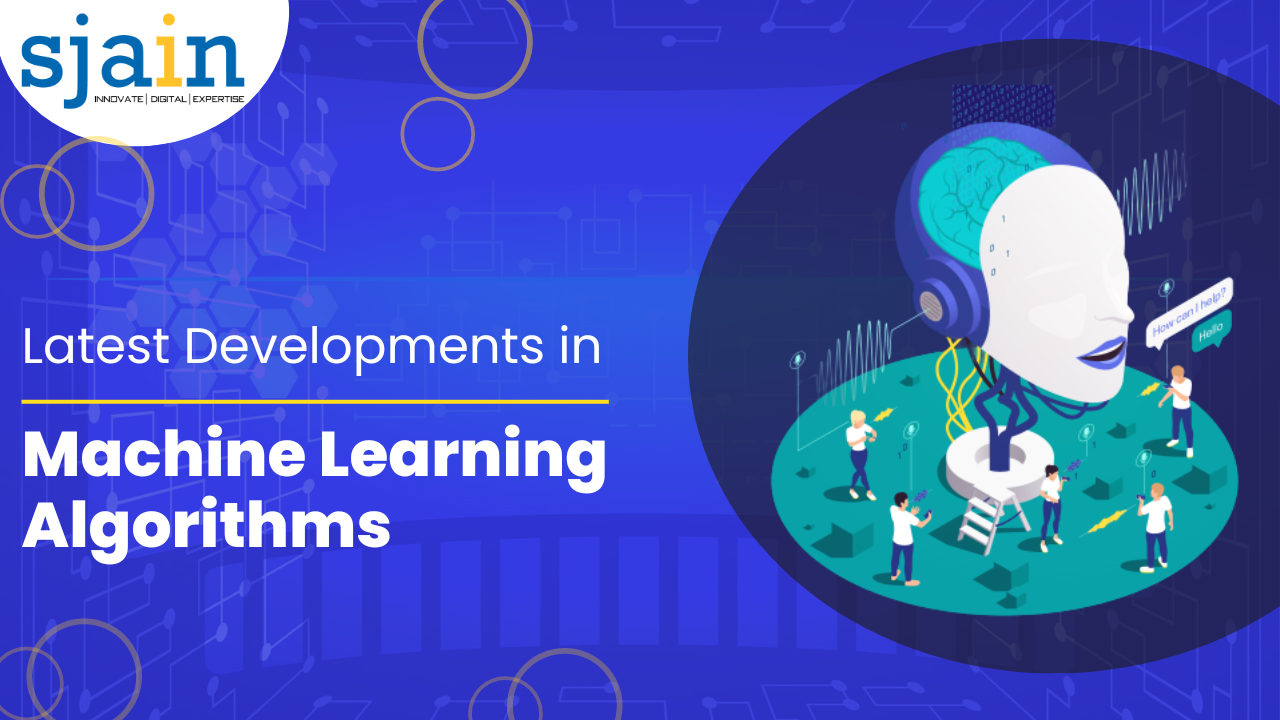Latest Developments in Machine Learning Algorithms
Machine learning algorithms have been advancing at a rapid pace, revolutionizing various industries and transforming the way we interact with technology. Significant advances in artificial intelligence algorithms have enhanced their effectiveness, accuracy, and application across several areas in recent years. This article explores the latest advancements in machine learning algorithms and their impact on various fields.
Understanding The Machine Learning
Machine learning is a branch of artificial intelligence (AI) that focuses on developing algorithms that enable computers to learn from data and make predictions or decisions without being explicitly programmed. It involves training a model using historical data and optimizing it to perform specific tasks.
Supervised Learning Algorithms
Supervised learning algorithms are trained using labeled data, where the input and corresponding output are known. Some popular supervised learning algorithms include:
Linear Regression
Linear regression is a statistical model that establishes a relationship between dependent and independent variables, allowing for the prediction of continuous values.
Decision Trees
Decision trees are hierarchical models that make decisions based on a sequence of rules or conditions, creating a tree-like structure.
Random Forests
Random forests combine multiple decision trees to improve accuracy and reduce overfitting, making them effective for classification and regression tasks.
Support Vector Machines (SVM)
SVMs are powerful algorithms used for both classification and regression tasks. They identify optimal hyperplanes that separate data points into different classes.
Unsupervised Learning Algorithms
Unsupervised learning algorithms work with unlabeled data, seeking to find patterns, relationships, or structures within the data. Some notable unsupervised learning algorithms are:
Clustering Algorithms
Clustering algorithms group similar data points together based on their inherent characteristics, enabling the identification of distinct patterns.
Principal Component Analysis (PCA)
PCA is a dimensionality reduction technique that transforms high-dimensional data into a lower-dimensional space while preserving the most important information.
Generative Adversarial Networks (GANs)
GANs consist of two neural networks, a generator and a discriminator, which compete against each other to generate realistic data. They have applications in generating images, videos, and even text.
Deep Learning Algorithms
Deep learning algorithms are based on artificial neural networks with multiple layers. They have achieved remarkable success in various domains, including:
Convolutional Neural Networks (CNN)
CNNs are widely used for image and video recognition tasks. They employ convolutional layers to extract meaningful features from the input data.
Recurrent Neural Networks (RNN)
RNNs are designed to process sequential data, making them suitable for tasks involving natural language processing and time series analysis.
Transformer Networks
Transformer networks have gained attention for their ability to capture long-range dependencies in sequential data efficiently. They have been instrumental in language translation and text generation.
Reinforcement Learning Algorithms
Reinforcement learning algorithms learn through trial and error, receiving feedback in the form of rewards or punishments. Some key reinforcement learning algorithms include:
Q-Learning
Q-Learning is a value-based algorithm that aims to maximize the cumulative reward by learning the optimal action-value function.
Deep Q-Networks (DQN)
DQNs combine deep learning with reinforcement learning, using neural networks to approximate the action-value function.
Proximal Policy Optimization (PPO)
PPO is a policy optimization algorithm that seeks to find the best policy by iteratively updating the policy parameters based on sampled data.
Recent Developments in Machine Learning Algorithms
The field of machine learning continues to evolve rapidly, with several recent developments making significant contributions. Some notable advancements include:
Explainable AI
Explainable AI focuses on developing machine learning models that can provide transparent and interpretable explanations for their predictions or decisions.
Transfer Learning
Transfer learning allows models to leverage knowledge learned from one task and apply it to another related task, reducing the need for large amounts of labeled data.
AutoML
AutoML aims to automate the process of machine learning model development, from data preprocessing and feature selection to model selection and hyperparameter tuning.
Federated Learning
Federated learning enables training models on decentralized data sources while maintaining data privacy, making it suitable for applications in healthcare and finance.
GPT-3 and Language Models
GPT-3, developed by OpenAI, is one of the most advanced language models to date. It can generate human-like text, answer questions, and perform language translation.
Applications of Advanced Machine Learning Algorithms
The advancements in machine learning algorithms have led to their widespread adoption in various industries. Some notable applications include:
Healthcare
Machine learning algorithms are used for disease diagnosis, drug discovery, personalized medicine, and medical image analysis, improving patient outcomes and healthcare delivery.
Finance
In the financial sector, machine learning algorithms are employed for fraud detection, algorithmic trading, credit risk assessment, and customer segmentation.
Autonomous Vehicles
Machine learning algorithms are crucial for autonomous vehicles, enabling them to perceive the environment, make decisions, and navigate safely.
Natural Language Processing (NLP)
NLP algorithms leverage machine learning to understand and process human language, enabling applications such as chatbots, sentiment analysis, and language translation.
Image and Video Recognition
Machine learning algorithms have revolutionized image and video recognition tasks, powering technologies like facial recognition, object detection, and video surveillance.
Challenges and Future Directions
While machine learning algorithms have made remarkable progress, several challenges remain. These challenges include ethical considerations, bias in algorithms, data privacy, and the need for interpretability. Future directions in machine learning research include:
Developing more explainable and interpretable models. Enhancing the robustness and fairness of algorithms. Exploring the integration of machine learning with other emerging technologies like blockchain and edge computing.
Addressing the ethical implications and societal impact of machine learning.
Conclusion
The latest developments in machine learning algorithms have opened up exciting possibilities across various industries. With advancements in supervised, unsupervised, deep learning, and reinforcement learning algorithms, machines are becoming more capable of understanding and interpreting complex data. As we move forward, it is essential to leverage these advancements responsibly and address the challenges to ensure the ethical and beneficial use of machine learning algorithms.

